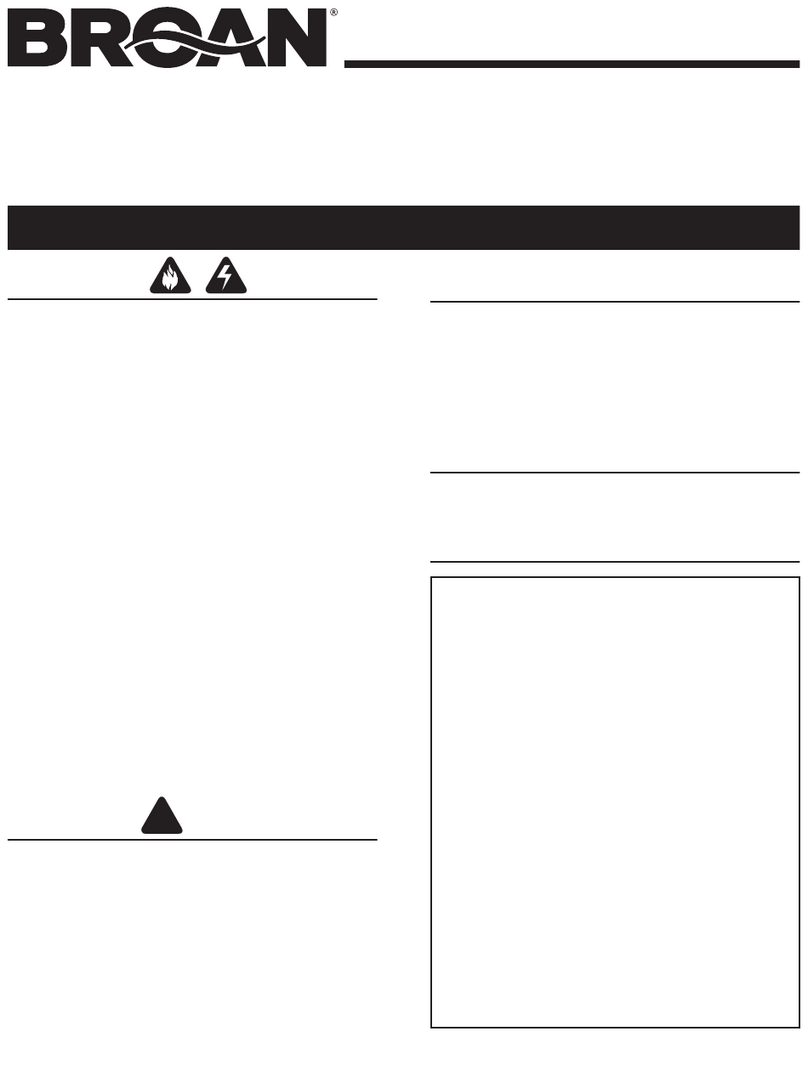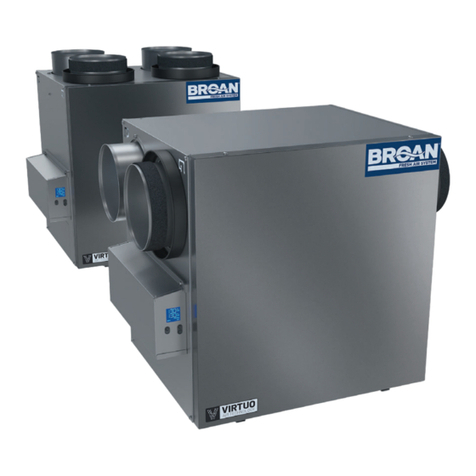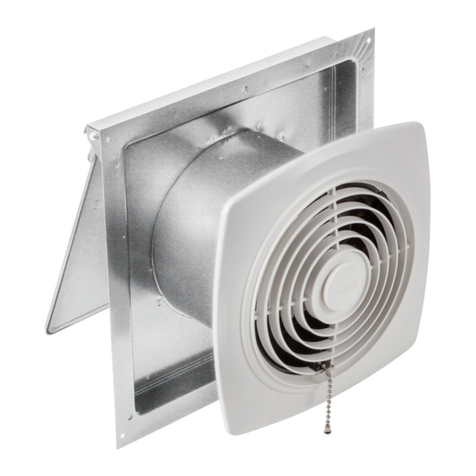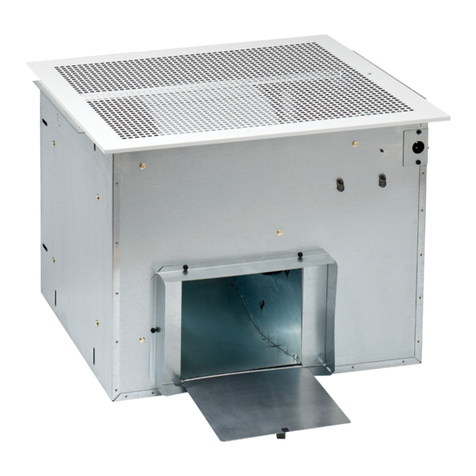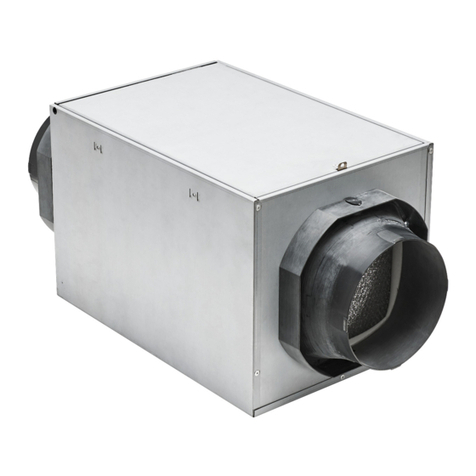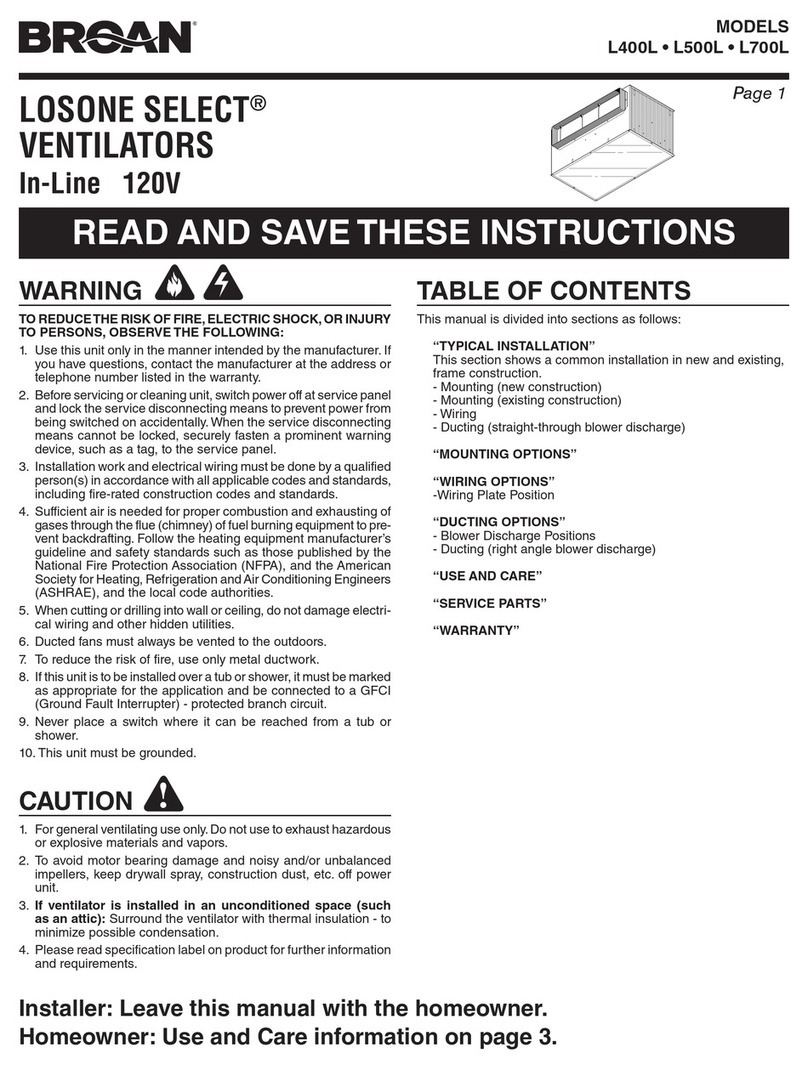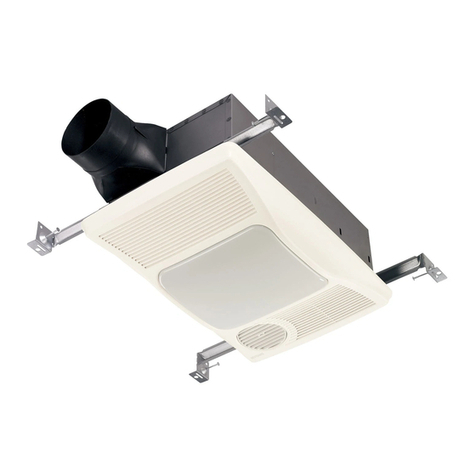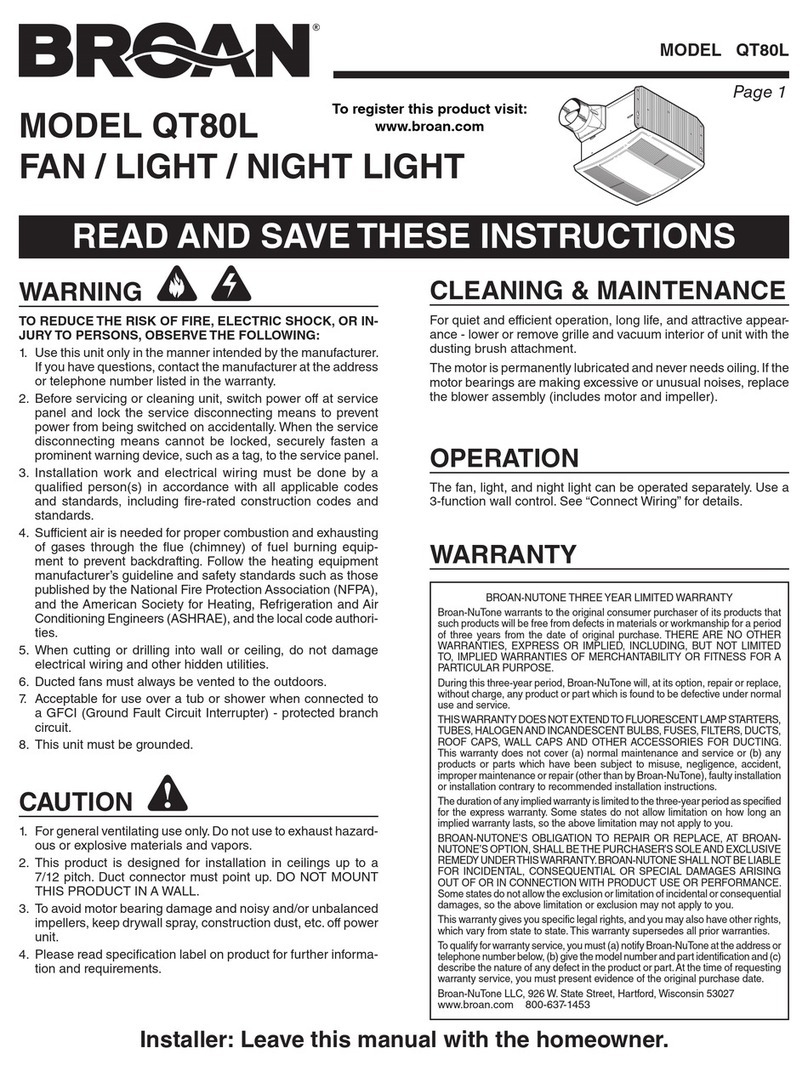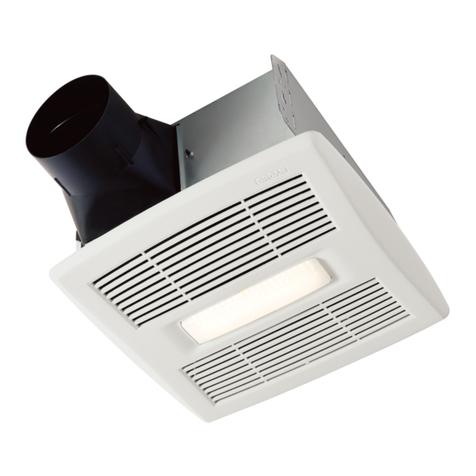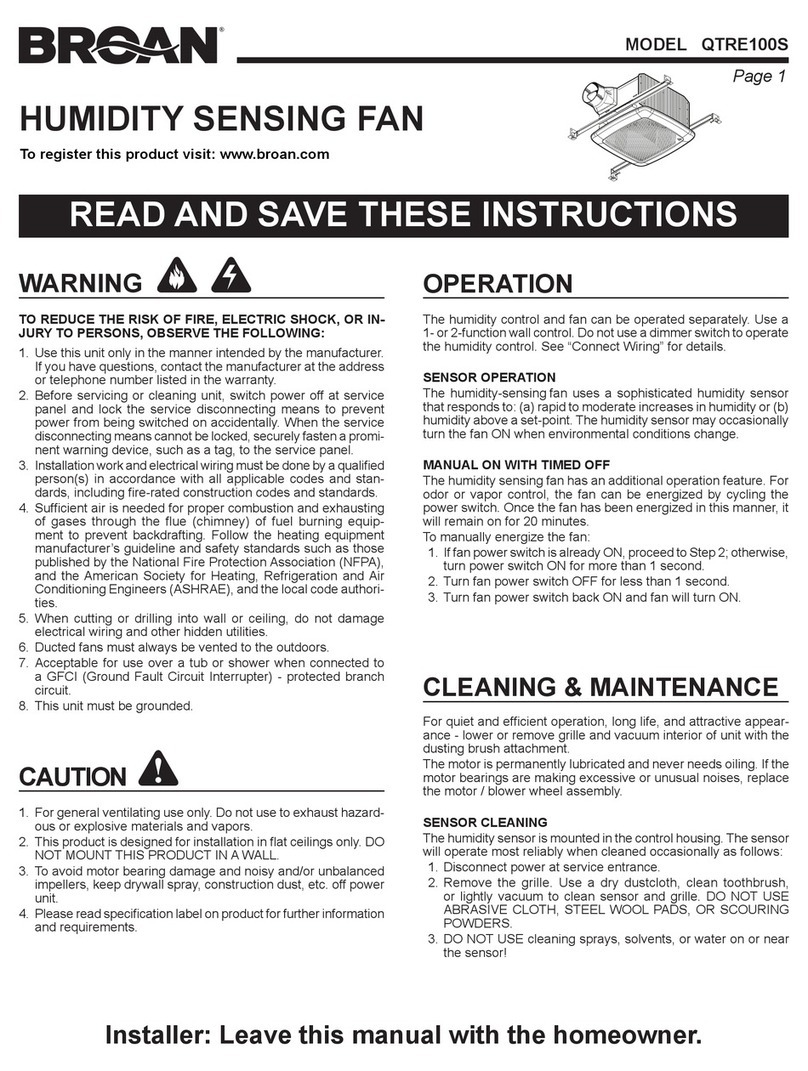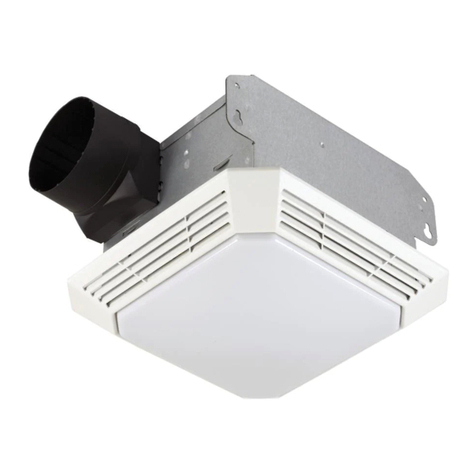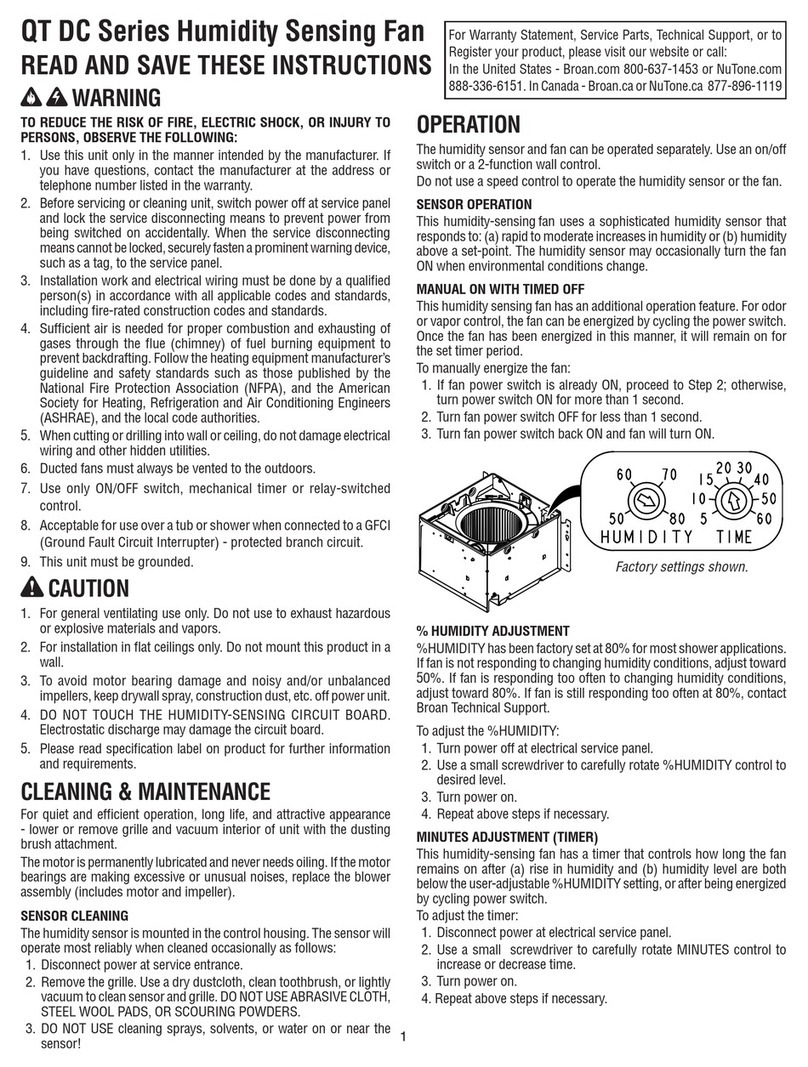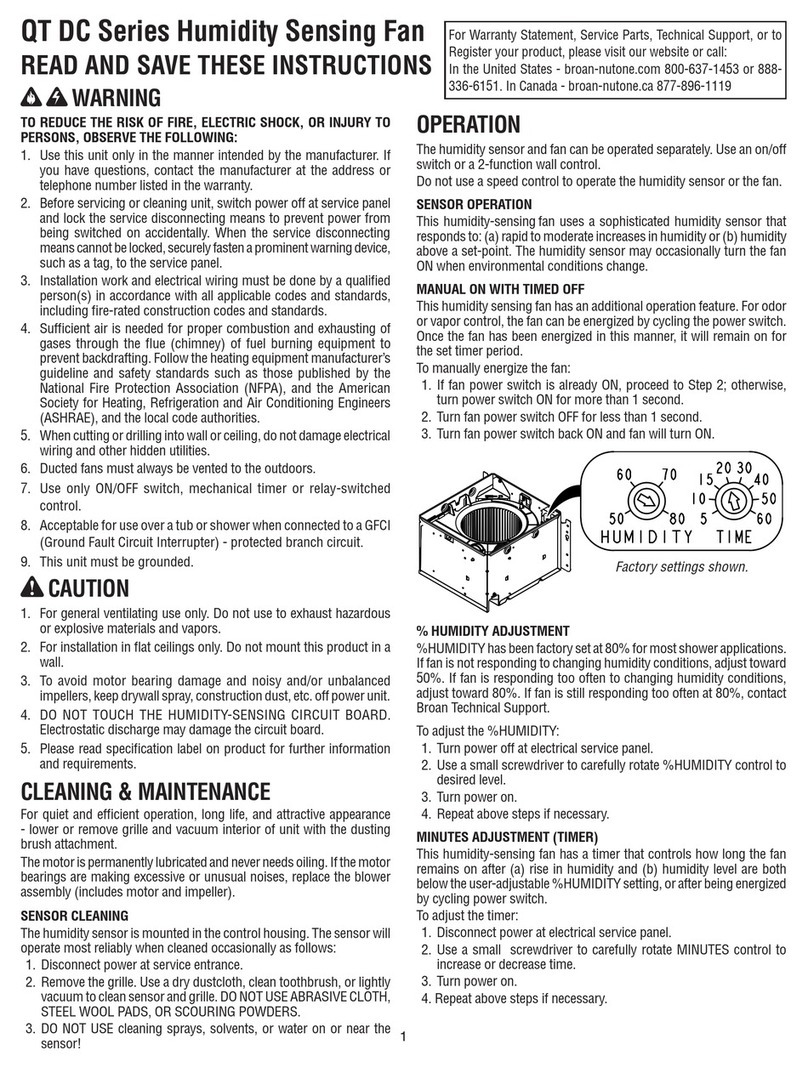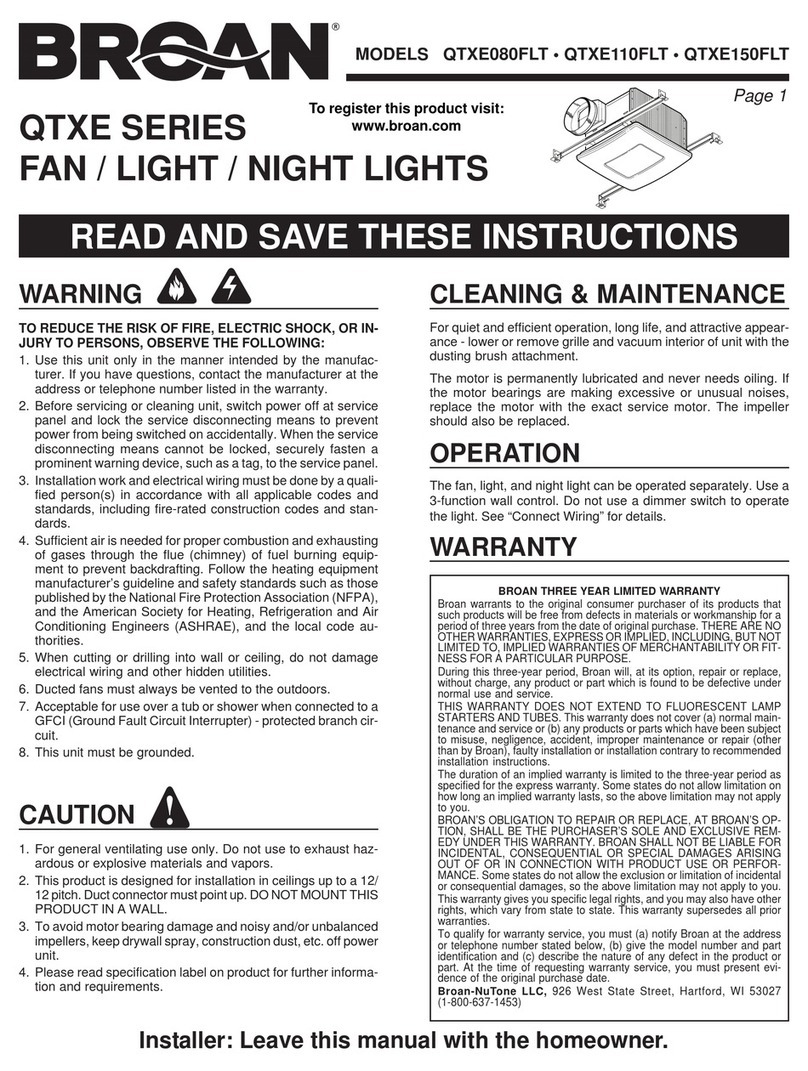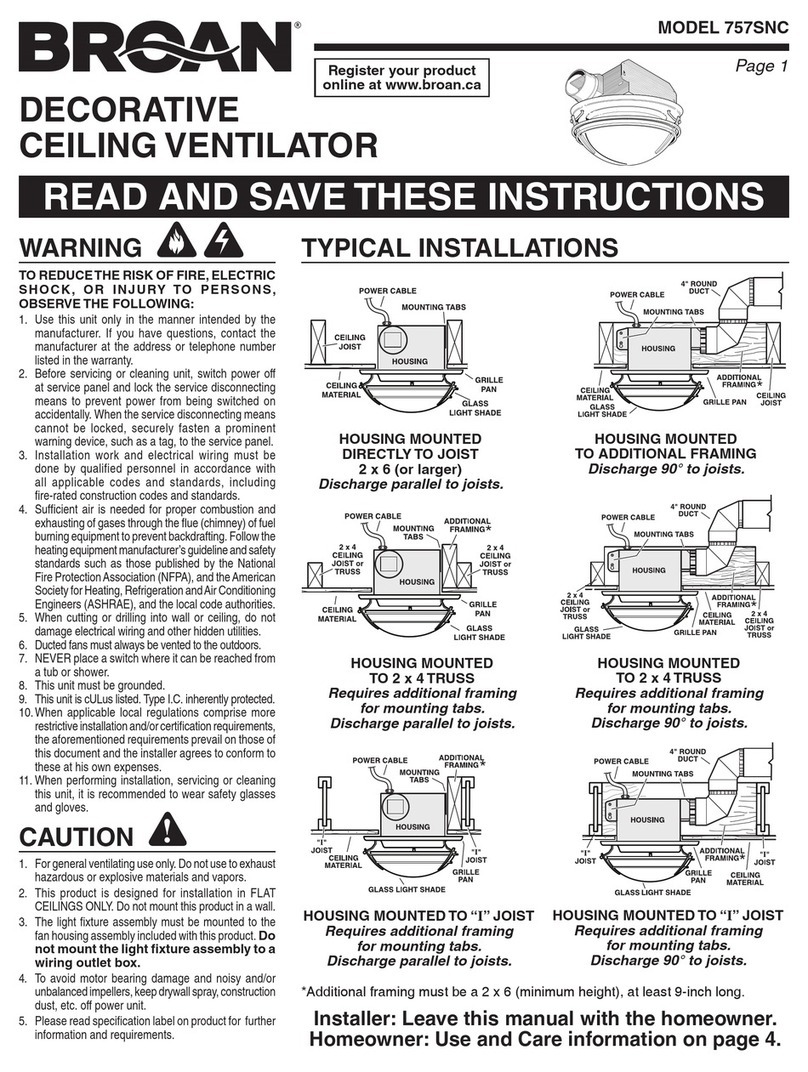
MODEL 349BR
Page 1
WARNING
TOREDUCETHERISKOFFIRE,ELECTRICSHOCK,ORINJURY
TO PERSONS, OBSERVE THE FOLLOWING:
1. Use this unit only in the manner intended by the manufacturer.
If you have questions, contact the manufacturer at the address
or telephone number listed in the warranty.
2. Before servicing or cleaning unit, switch power off at service
panel and lock the service disconnecting means to prevent
power from being switched on accidentally. When the service
disconnecting means cannot be locked, securely fasten a
prominent warning device, such as a tag, to the service panel.
3. Installationworkandelectricalwiringmustbedonebya qualified
person(s)inaccordancewithallapplicablecodesandstandards,
including fire-rated construction codes and standards.
4. Sufficient air is needed for proper combustion and exhausting
of gases through the flue (chimney) of fuel burning equipment
to prevent backdrafting. Follow the heating equipment
manufacturer's guidelines and safety standards such as those
published by the National Fire Protection Association (NFPA),
and the American Society for Heating, Refrigeration and
Air Conditioning Engineers (ASHRAE), and the local code
authorities.
5. When cutting or drilling into wall or ceiling, do not damage
electrical wiring and other hidden utilities.
6. The wiring must be permanent.DO NOT USEAN EXTENSION
CORD!Use14GA.MINIMUMcopperwire.AlthoughthePowered
Attic Ventilator may be wired directly to power, we advise that
some type of shut off switch be installed in the line. Please see
the section on electrical wiring for suggested wiring diagrams
and instructions.
7. To reduce the risk of electric shock, do not use this fan with
any solid-state speed control device.
8. This unit must be grounded.
CAUTION
1. Forgeneralventilatinguseonly.Donotusetoexhausthazardous
or explosive materials and vapors.
2. To avoid motor bearing damage and noisy and/or unbalanced
impellers, keep drywall spray, construction dust, etc. off power
unit.
3. This unit has an unguarded impeller. Do not use in locations
readily accessible to people or animals.
4. Fan is equipped with a thermostat which may start fan
automatically. To reduce risk of injury or electric shock while
servicing or cleaning unit, switch power off at service panel
and lock service panel to prevent power from being switched
on accidentally.When the service disconnecting means cannot
be locked, securely fasten a prominent warning device, such
as a tag, to the service panel.
5. Home Ventilating Institute (HVI) recommends one square foot
of open air inlet per 300 cfm of fan capacity. The best location
for these air intake vents are under the eaves with direct access
to the attic.Failure to provide these intakes could cause natural-
draft gas appliances to backdraft.
6. Your attic fan installation will create a screened opening into
your attic space. During a heavy rain storm there could be a
light spray of rain into this attic space.This is a normal condition
with all attic ventilators and will not cause any damage to the
structure. We recommend that you do not store any valuable
articlesdirectlyunderthe fanopeningin the roof.Duringextreme
rainand wind stormsyou maywanttoturnonyouratticventilator
to prevent excess moisture accumulation in your attic.
7. Recordsshow, underideal conditions,exposedgalvanizedsteel
can remain rust free up to 100 years. For best protection, the
exposed portion of the roof sheet should be painted, especially
in areas of unusually high industrial air pollution. Follow paint
manufacturer's instructions for good adhesion.
8. This ventilator is intended for roof installation.The Broan Model
353GableMountVentilatorisavailableforsidewallapplications.
9. The dome may be painted with a high-quality paint. Follow the
paintmanufacturer'srecommendationsforpowder-coated steel.
10. Pleasereadspecification labelon productforfurtherinformation
and requirements.
ROOF-MOUNT
POWERED ATTIC VENTILATOR
READ AND SAVE THESE INSTRUCTIONS
q
Slotted Screwdriver
q
Drill
q
1/4" Drill Bit
q
Sabre Saw or Keyhole Saw
q
Hammer
q
Ruler
q
Pencil
q
Utility Knife
q
Pry Bar (to remove roofing nails)
q
Roofing Cement
q
Galvanized Roofing Nails (1¾" min.)
q
Electrical Supplies (to comply with codes)
TOOLS AND MATERIALS REQUIRED
